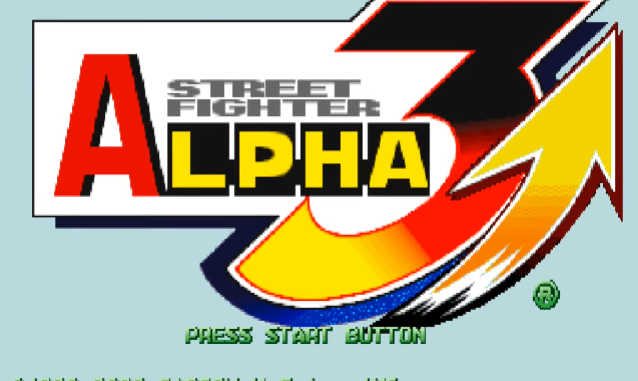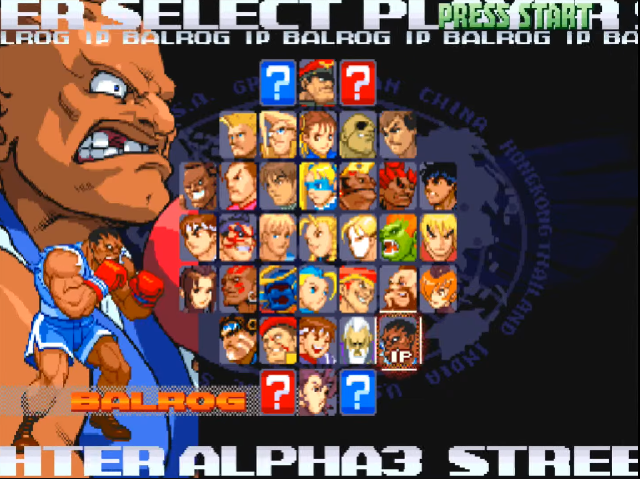
The Street Fighter series has long been a cornerstone of the fighting game genre, with each installment bringing something new to the table. Street Fighter Alpha 3 and its enhanced version, Street Fighter Alpha 3 Upper, are no exceptions. While both games are rooted in the same core mechanics, there are several key differences between them that affect gameplay, character balance, and overall experience. Whether you’re a long-time fan or a newcomer trying to understand the nuances, this article will break down the main distinctions between these two versions.
Character Roster and Gameplay Mechanics
One of the most noticeable differences between Street Fighter Alpha 3 and Street Fighter Alpha 3 Upper is the character roster. While the original Alpha 3 featured a robust lineup of characters, Upper expanded this roster even further. Street Fighter Alpha 3 Upper introduced several new characters that were not available in the original version, including Fei Long, Deejay, and T.Hawk. These characters were initially part of other Capcom fighting games but were brought into the Alpha series with Upper, adding fresh gameplay dynamics and giving players more options to choose from.
Additionally, Upper made adjustments to the gameplay mechanics, particularly in the “ism” system. In Alpha 3, the ism system allowed players to select from three different fighting styles—A-ism, X-ism, and V-ism—each offering unique attributes and mechanics. While this system remained intact in Upper, some tweaks were made to balance the gameplay, particularly in V-ism, which was considered overpowered in the original. These adjustments made Upper feel more balanced and competitive, especially in high-level play.

Stage Selection and Presentation
Another significant difference lies in the stage selection and overall presentation of the game. Street Fighter Alpha 3 Upper featured additional stages and backgrounds, some of which were specifically designed to accommodate the new characters introduced in this version. These new stages brought more variety to the visual experience, offering fresh environments for the intense battles.
In terms of presentation, Upper also included enhanced soundtracks and sound effects, giving the game a slightly different auditory experience. The sound design in Upper was refined to match the updated gameplay, contributing to a more polished and immersive experience. These are some notable differences between street fighter alpha 3 and street fighter alpha 3 upper.
Console and Platform Differences
The original Street Fighter Alpha 3 was initially released in arcades and later ported to various consoles, including the PlayStation, Sega Saturn, and Dreamcast. Each of these ports had subtle differences, particularly in terms of load times, graphics, and input response. However, Street Fighter Alpha 3 Upper was developed with the more powerful hardware of later consoles in mind, leading to improved performance across the board.
Upper was initially released for the Sega Naomi hardware in arcades and was later ported to the PlayStation Portable (PSP) and PlayStation 2 as part of the Street Fighter Alpha Anthology. These later versions of Upper benefited from smoother frame rates, faster load times, and higher-resolution graphics, making the gameplay feel more fluid and responsive compared to the original Alpha 3 on older platforms.
Additional Game Modes and Content
Another area where Street Fighter Alpha 3 Upper differentiates itself is in the additional game modes and content it offers. The World Tour Mode, which was a popular feature in the original Alpha 3, made a return in Upper but with new challenges and enhancements. This mode allows players to take their character through a series of increasingly difficult battles, earning experience points to unlock new abilities and upgrades. Upper expanded this mode with additional stages and objectives, making it even more engaging for players who enjoy a more RPG-like experience within a fighting game.
Moreover, Upper included new training modes and tutorials that were not present in the original Alpha 3. These additions made the game more accessible to newcomers, allowing them to learn the intricacies of the combat system at their own pace. The expanded content in Upper provided more value for players, whether they were looking to improve their skills or simply enjoy the variety of modes the game had to offer.
Conclusion: Which Version Should You Play?
When deciding between Street Fighter Alpha 3 and Street Fighter Alpha 3 Upper, it ultimately comes down to what you’re looking for in a fighting game experience. If you’re a purist who prefers the original roster and mechanics, Alpha 3 offers the quintessential experience that defined the series at that time. However, if you’re interested in a more refined, balanced, and content-rich version of the game, Upper is the way to go.
Upper’s expanded roster, additional stages, improved balance, and enhanced game modes make it the definitive version of the game for most players. Whether you’re revisiting these classics or diving in for the first time, both versions offer a deep and rewarding fighting game experience, but Street Fighter Alpha 3 Upper stands out as the more complete package.
